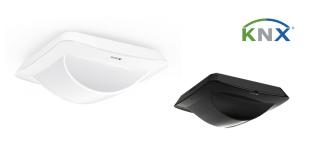Smart TVs will have the biggest expansion, growing at over 100% every year for the next 5 years
A new study from Juniper Research has found that there will be 8 billion digital voice assistants in use by 2023, up from an estimated 2.5 billion at the end of 2018.
While smartphone assistants will be the largest platform by volume thanks to Google Assistant and Siri, Juniper’s new research found that the fastest growing voice assistant categories over the next 5 years will be:
Smart TVs – 121.3% CAGR
Smart speakers – 41.3% CAGR
Wearables – 40.2% CAGR
In these categories, Amazon’s Alexa has already established itself as the leader; setting the pace for the market. In addition, Chinese companies will make inroads internationally in the future.
For more insights into what this diversity of platforms means for the future of digital voice assistants, download our free whitepaper, The Digital Assistants of Tomorrow.
Multiplatform Impacting Voice Assistant Apps
The new research, Digital Voice Assistants: Platforms, Revenues & Opportunities 2019-2023, notes that, as demand for multi-platform assistants increases, standalone apps, made by independent vendors for smartphones and tablets, will decline. Juniper expects revenues from these apps to begin to fall in key markets from 2022.
The big exception here is China, where companies like WeChat and Alibaba provide app-based offerings alongside speakers that are not part of an operating system. This means that China will have 78% of voice assistant apps installed globally in the next 5 years.
Voice Commerce Taking Off, but not for Physical Goods
Juniper’s report also shows that voice commerce will grow substantially; reaching over $80 billion per annum by 2023. However, this includes money transfer and purchases of digital goods alongside its use for more traditional purchases.
“We expect the majority of voice commerce to be digital purchases, until digital assistants offer truly seamless cross-platform experiences” remarked research author James Moar. “Connected TVs and smart displays are vital here, as they can provide a visual context that is lacking in smart speakers.”












